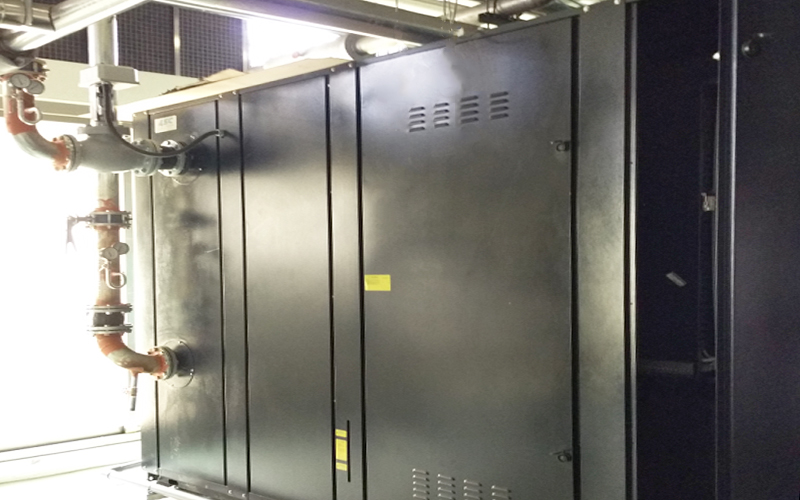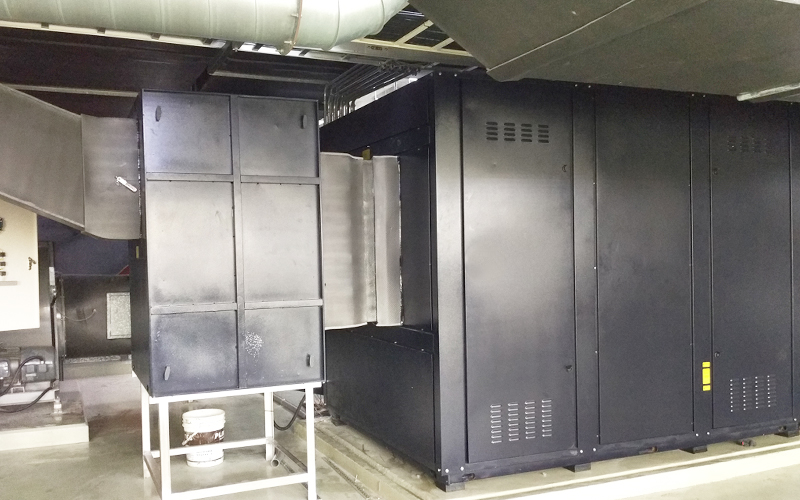Your current location:Home > Project > Liquid Desiccant Air Conditioner
Pharmaceutical Factory
Industry Overview
The production process of the pharmaceutical factory workshop has very strict requirements on the temperature and humidity of the environment. Too high air humidity is very detrimental to the production quality and storage safety of drugs. During the pharmaceutical production process, a large amount of waste heat is emitted. How to efficiently recycle the waste heat has also become an important task for pharmaceutical factories to control costs and protect the environment. With the continuous development of domestic pharmaceutical GMP certification, higher requirements are placed on the environment of pharmaceutical production enterprises, and the standards of their air conditioning and ventilation systems are correspondingly improved. How to control energy saving and environmental protection to reduce air temperature and humidity has important economic and social value to pharmaceutical factories.
Project Introduction
The workshop of a large pharmaceutical factory in Taiwan is equipped with a combined air-conditioning unit. At present, the air-conditioning scheme uses an evaporator to simultaneously cool, condense and dehumidify the air to produce dry and cool air. In summer, it’s hot and humid. It is often to meet that humidity can’t reach to design requirement, high energy consumption of air conditioning system, and poor indoor air quality. In order to solve the problem of insufficient cooling capacity and high energy consumption, a Liquid Desiccant Air Conditioner (LDAC) is added to the previous air-conditioning unit to achieve independent temperature and humidity control. The LDAC treats the indoor air humidity to around 3g/kg, and the original air-conditioning unit only needs to deal with the sensible heat load, which improves the refrigeration efficiency of the unit and greatly reduces the indoor temperature. The solution regeneration utilizes the low-grade waste heat generated in the pharmaceutical production process to achieve the goals of reducing waste heat emissions and saving energy consumption. Especially in the summer thunderstorm season, high temperature and high humidity, the humidity load accounts for about 50% of the total load. After adding the Liquid Desiccant Air Conditioner, the original air conditioning unit only needs to deal with the sensible heat load, and there will be no shortage of cooling capacity. Greatly reduces indoor temperature and improves cooling efficiency.

